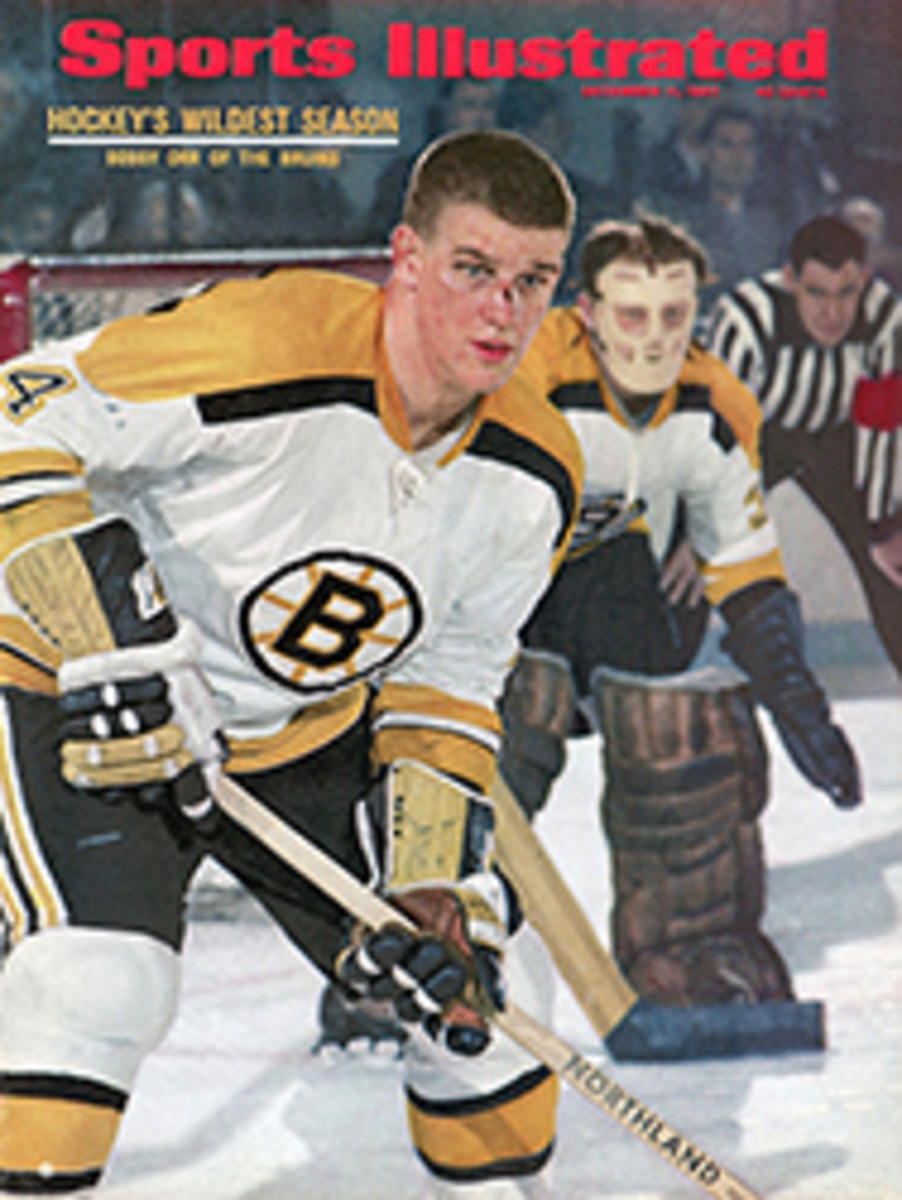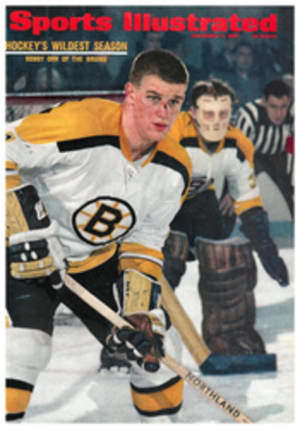
The Parson Made Them Pop
As recently as the end of the 18th century killing birds and beasts was a laborious and chancy business, since hunters had to use weapons unchanged in almost 200 years. The flint-and-steel firing system was slow and uncertain. Touchholes were constantly getting stuffed up, and few sportsmen dared take a high shot for fear of getting an eyeful of ash from the priming powder.
One man who worried about this was a lean and lanky bachelor from the parish of Belhelvie in Aberdeenshire, Alexander John Forsyth. He was, in fact, the minister of that parish, and he spent much time in a little shed at the end of his manse garden tinkering with ways to improve guns and gunpowder. In 1797, Forsyth heard that a chemist called Edward Howard had produced a completely new substance, called fulminate of mercury, which was very explosive indeed. A combination of ethyl alcohol, nitric acid and mercuric nitrate, it could be exploded by the slightest knock or a tiny spark from static electricity in the human body. To the Aberdeenshire minister, it sounded splendid stuff.
But his experiments at adding it to gunpowder were disappointing. It didn't seem to make the charge significantly better, and the wildfowl were disinclined to panic. How odd it was, the minister mused, that fulminate was so relatively feeble in action when ignited, yet so violent when, as had just happened, he chanced to drop a hammer on a few grains lying on the floor. It had instantly exploded with a bright flash.
Flash! That was it. Why shouldn't the flash from detonated fulminate replace the cumbersome flint and steel?
The parishioners of Belhelvie must have been quite indulgent toward the gaunt, long-nosed bachelor who was their shepherd, for in spite of his preoccupations with pretty ungodly subjects, Forsyth was to hold the living of Belhelvie for 52 years. If you called at the manse and found him pacing up and down the driveway followed, step for step, by his pet goose, you could not tell whether he was composing a particularly forceful sermon based on the Sixth Commandment or pondering the best ways of doing some beast to death.
To test his theory about the fulminate, Forsyth made an experimental nine-inch, 1½"-diameter bar, with a quarter-inch hole drilled most of the way down it. At the base he made a hole just large enough to take a stout needle. He poured in a little fulminate and then some powder, rammed in a wad, and struck the needle sharply. By jing! There was an instant report, and the wad flew out of the end of the tube. Forsyth was exuberant. Next, he needed to find a satisfactory kind of lock that could be adapted to its new purpose, and he fixed on the simplest of all—the hammer. Into the side of a gun-barrel base he inserted a quarter-inch rod, along which a channel was milled. The fulminate was placed in the outer end of the channel along the inside of which the striker flash would travel to ignite the waiting powder.
Completely sealing the open channel from the firer was a small hunk of steel, similar in shape to an old-fashioned scent bottle, and this was to contain the reserve supply of fulminate. The scent bottle was free to swivel on the rod: tip it on end and the gray powder would lodge in the channel; turn it back to the normal position and the reservoir of highly dangerous substance was completely isolated from the firing. Forsyth tried it and, after a great many modifications, he had an apparatus that worked every time.
There had been no such advance in weapons since gunpowder itself was first devised. Forsyth's scent bottle held enough fulminate of mercury to go for 30 rounds without refilling; and although the powder and shot still needed the ramrod to charge the barrels, there would be no more fiddling about with the delicate filling of the flashpan, nor would any shower of rain spoil the efficacy of the next shot by wetting the powder.
The first successful model of a weapon fired by percussion was completed in 1805, and that winter the ducks on the loch scarcely knew what hit them. With no flash to be seen, and an exceedingly quick detonation, the minister was soon coming home to Belhelvie with record bags. Moreover, there was a 25% saving in the amount of gunpowder he had to use. Forsyth thought it would be amusing to take the gun to London and demonstrate it to some of his sporting friends. While he was there, word of the device reached the ear of Lord Moira, who as Master-General of Ordnance immediately requested the minister to visit him. Odd, very odd, he thought. What could this eminent politician want with a 37-year-old cleric from the backwoods of Scotland? Still puzzled, Forsyth presented himself at Lord Moira's office, where he soon found out the reason. Would Forsyth spend some time in London, at the government's expense, to do some highly secret work on his invention at the Tower of London?
It was a time of national emergency, he was told. Boney was creating all sorts of mischief across the Channel. Here was a chance for the British army to get ahead in the arms race. He agreed enthusiastically to Moira's request. For a year he labored at adapting his invention to a military carbine and a three-pounder gun. There were difficulties: the original fulminate of mercury was not only irregular in quality, but also so strong in action it might bulge or blow the steel. No chemist dared touch the unpredictable stuff. So Forsyth had to perform all his highly dangerous experiments himself. Then he had to instruct workmen who, for security reasons, were not allowed to know the purpose of their work; they merely had to do what they were told, blindly. After a year, Forsyth had all but finished and was ready to leave for Aberdeenshire, when he was horrified to hear of a drastic government reshuffle: Lord Moira had been replaced by the Earl of Chatham, who cared little for newfangled inventions. After some delays Forsyth's £603.18.4 bill for expenses was met, and he was brusquely told to remove his "rubbish" from the Tower. Rebuffed and dejected, he made his way back the 500 long miles to Belhelvie.
Turning for help to James Watt, the 71-year-old inventor of the steam engine, Forsyth at last was granted a watertight patent in 1807 for "an advantageous method of discharging or giving fire to artillery and all other firearms, mines, chambers, cavities and places in which gunpowder or other combustible matter is or may be put for the purpose of explosion." Almost at once, he went into partnership with a practical and professional gunmaker and set up the Forsyth Gun Company at 10, Piccadilly. In 1814, one of their ablest gunsmiths left to start his own business; his name was James Purdy. That notable sportsman. Colonel Peter Hawker, strongly advised shooters to use nothing but the fulminating gun, even though the lock alone could cost more than the best flintlock gun from Birmingham. "It produces inflammation by means of percussion," ran the advertisement for the gun, and supersedes the use of flints."
And so it did—for everyone but the British army. In 1818, the British government decided to improve methods of firing heavy artillery. After great expense and a lot of committee meetings they plumped for a new type of flintlock, even though Joshua Shaw of Philadelphia had just developed from Forsyth's plans the infinitely more convenient percussion cap. And it wasn't until 1834 that Forsyth's idea was given an official 6,000-round test against the old flint mechanism, winning hands down with greater accuracy, quicker fire, less recoil, fewer misfires and a great saving in powder. Two years later, such was (and is) the cautious way of British statesmen, a couple of battalions of the Guards were given a few percussion weapons to try—after sportsmen had been using them successfully for years.
It was not until 1842, nearly 40 years after his flash of inspiration, that Forsyth at last saw his invention in national use. This modest and patient man, then aged 74, judged it time to apply for some reward. He was given a token £200, and died the following year. Perhaps from some feelings of remorse, the government awarded a further £1,000, to be divided among his next of kin.
A poor recompense, one might think, for the man who allowed the battle of Waterloo to be won by England. Napoleon had offered £20,000 for his secret, and Reverend Alexander John Forsyth, M.A., Ll.D., of Belhelvie had patriotically refused.

